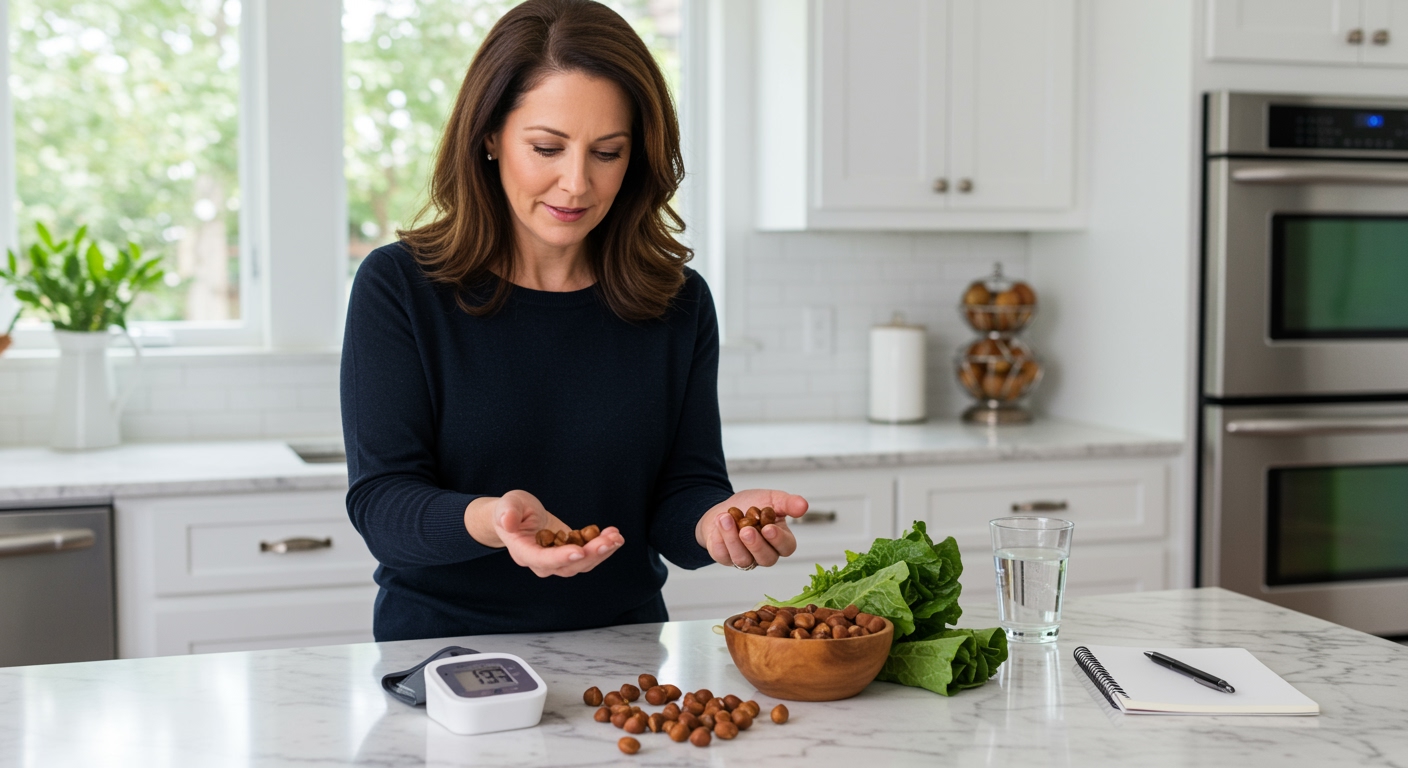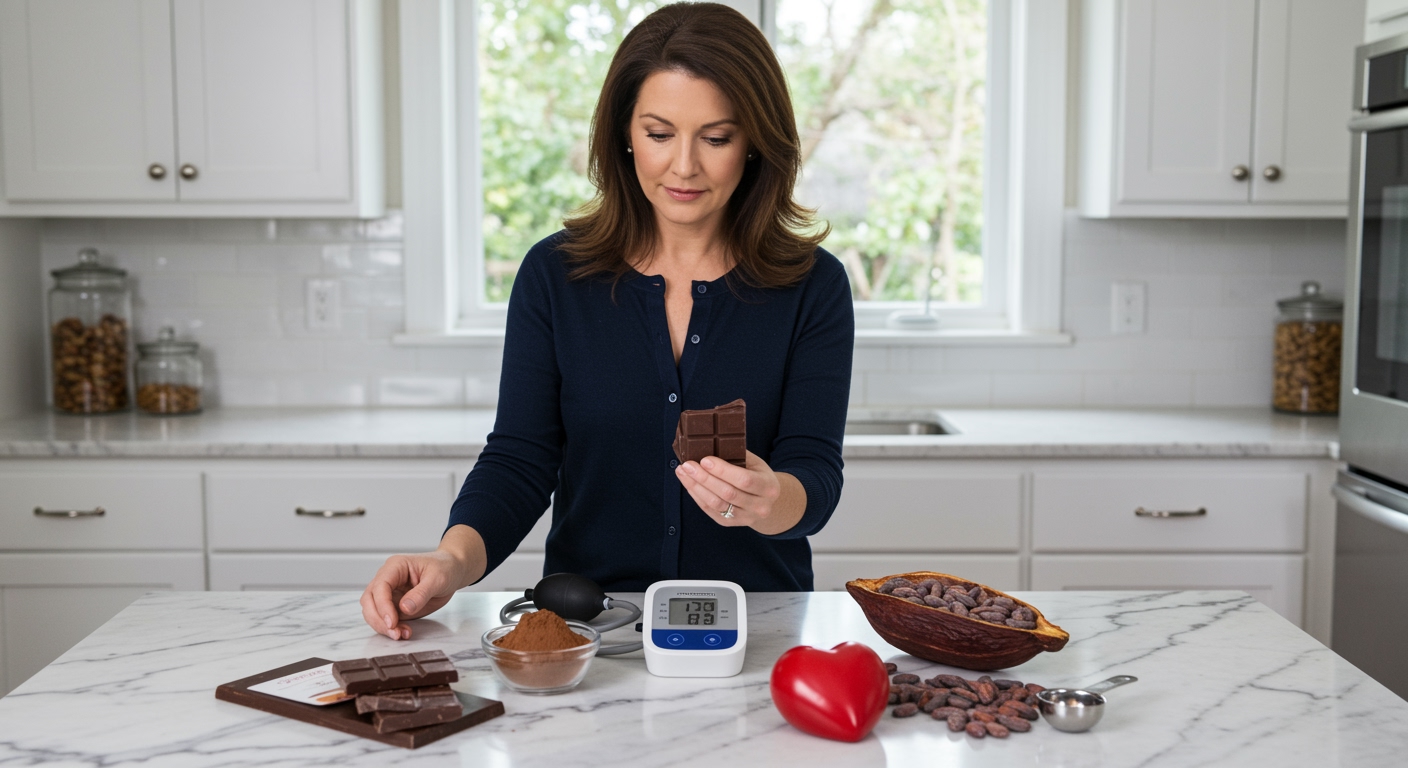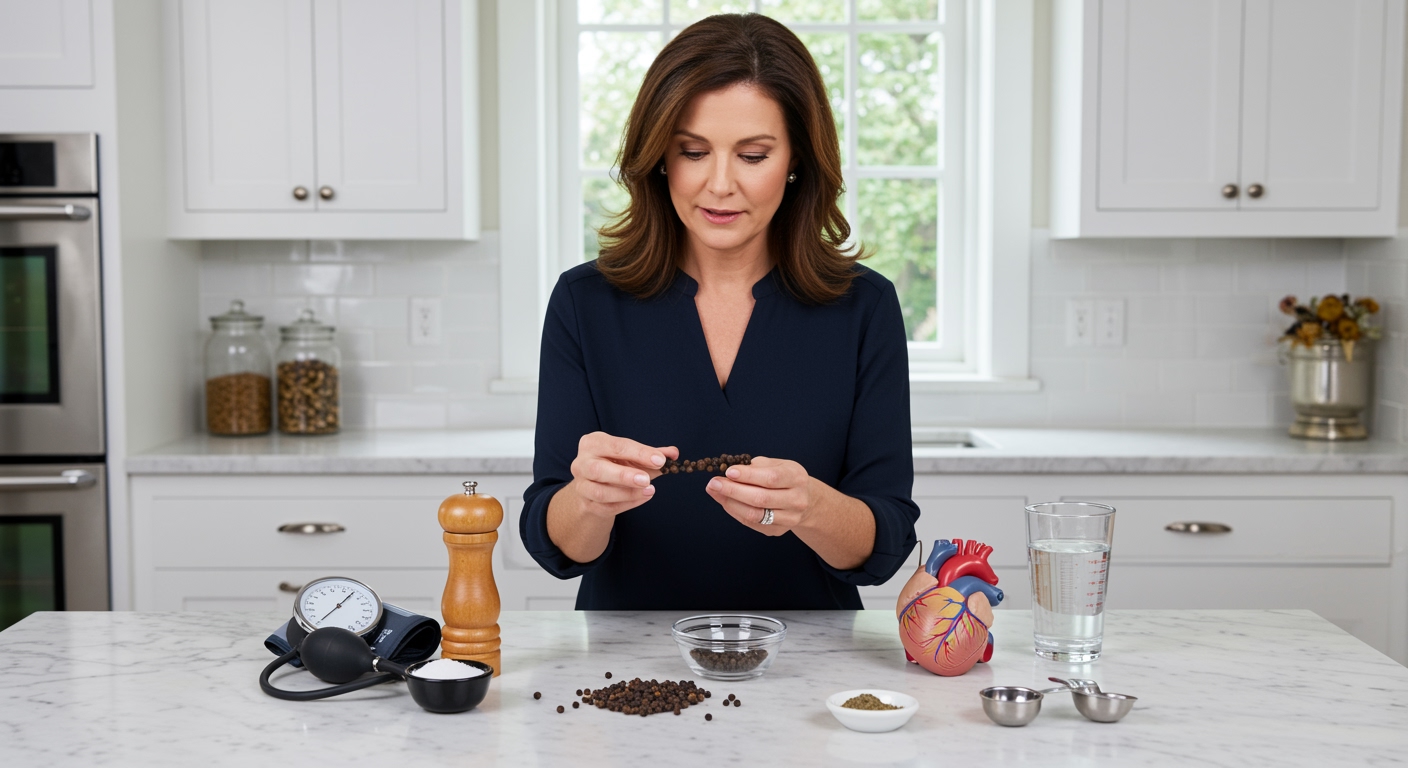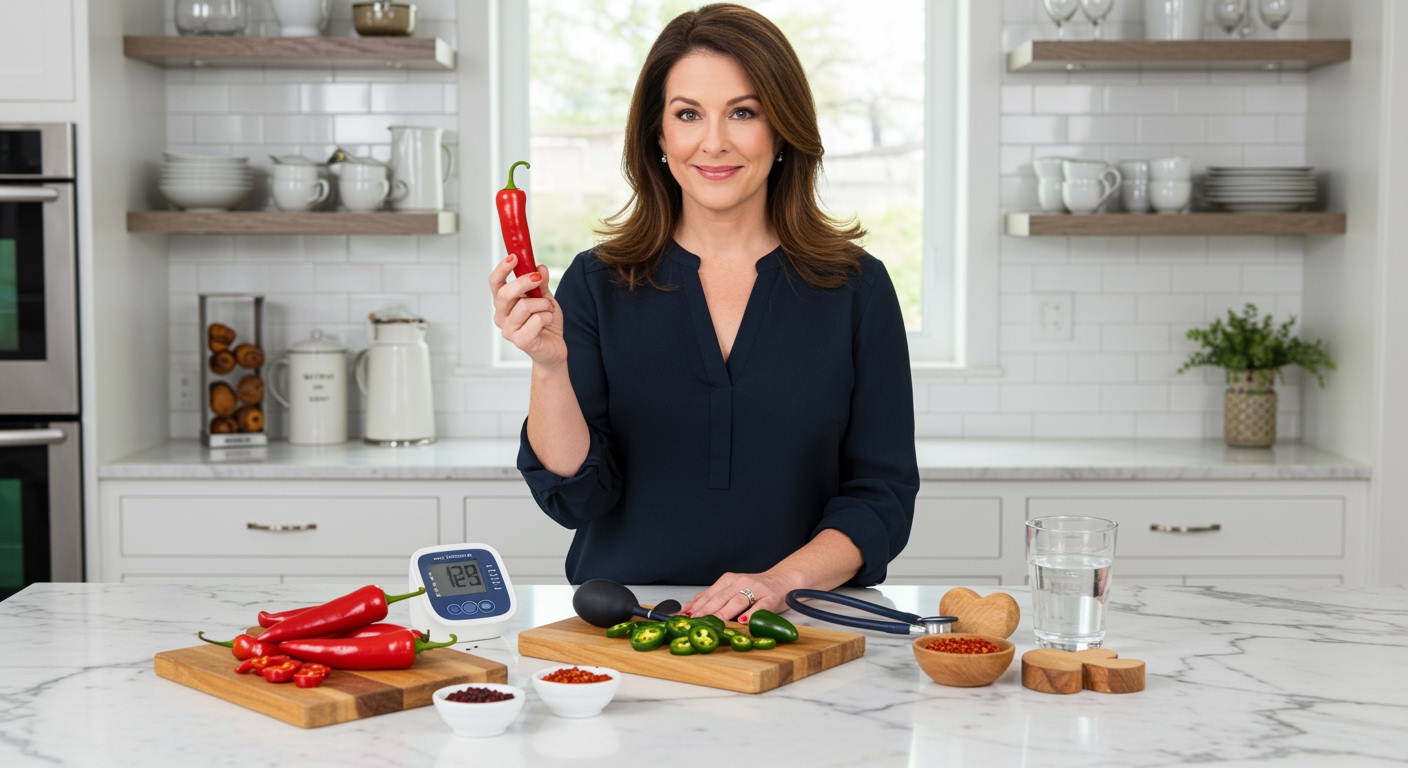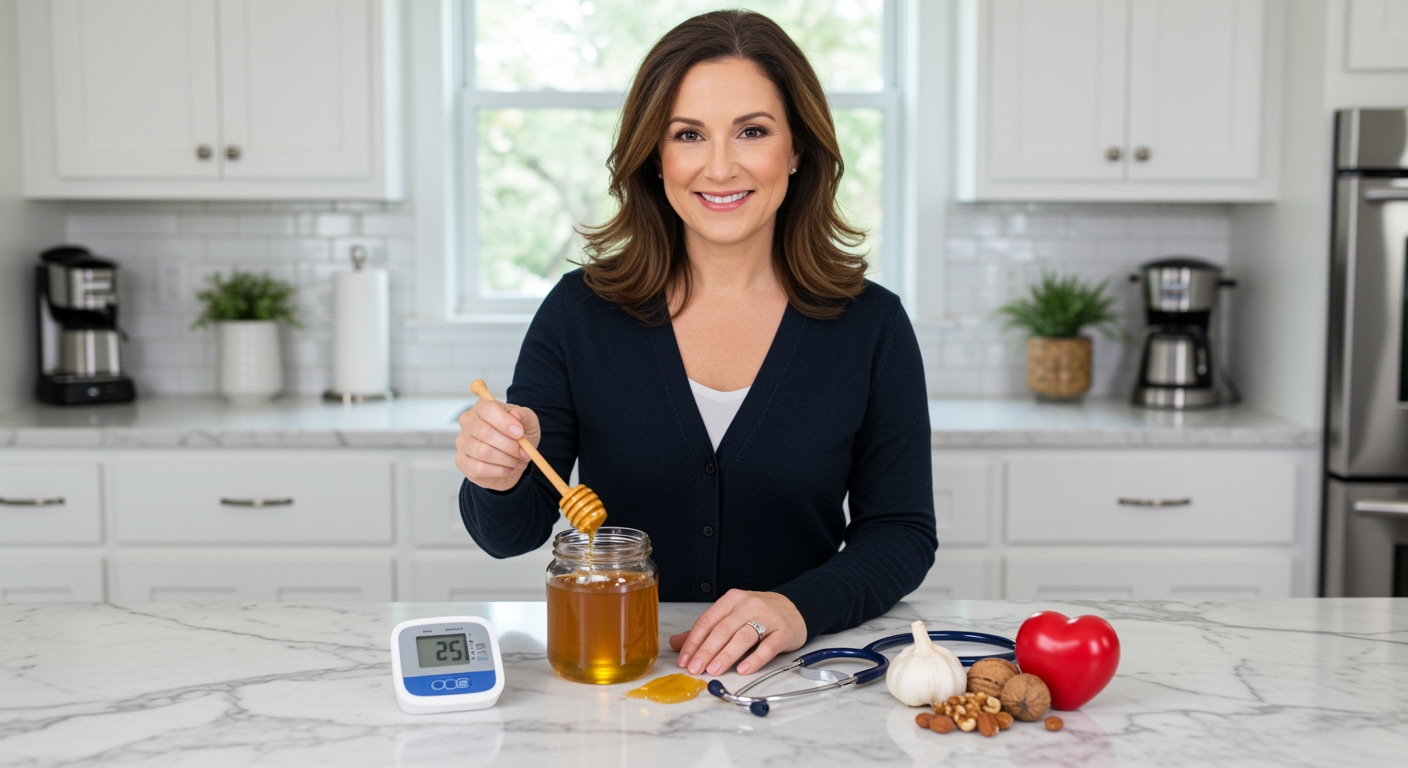✪ Key Takeaway: Beechnuts contain potassium, magnesium, and antioxidants that may help support healthy blood pressure levels naturally.
Introduction
You walk past beech trees every fall, watching those spiky husks drop to the ground.
Most people ignore these small triangular nuts completely, but you might be wondering if they could help with your blood pressure concerns naturally.
Hi, I’m Abdur, your nutrition coach, and today I’m going to explain whether beechnuts can actually help lower blood pressure and how they might fit into your heart-healthy eating plan.
What Makes Beechnuts Special for Blood Pressure?
Beechnuts pack impressive amounts of potassium, containing about 1020 milligrams per 100 grams.
This mineral works like a natural diuretic in your body, helping your kidneys remove excess sodium through urine.
When sodium levels drop, your blood vessels can relax more easily, which may lead to lower pressure readings.
The magnesium content in beechnuts also supports this process by helping your blood vessel walls stay flexible and responsive.
Research shows that people who eat more potassium-rich foods tend to have better blood pressure control than those who eat less.
✪ Fact: Just one ounce of beechnuts provides about 290 milligrams of potassium, roughly 8% of your daily needs.
How Do the Antioxidants in Beechnuts Help?
Beechnuts contain phenolic compounds that act as powerful antioxidants in your bloodstream.
These compounds help protect your blood vessels from oxidative stress, which can damage the delicate lining of your arteries over time.
When your artery walls stay healthy and smooth, blood flows more easily without creating extra pressure against the vessel walls.
The vitamin E in beechnuts also supports this protective effect by neutralizing harmful free radicals before they can cause inflammation.
Studies suggest that people with higher antioxidant intake from whole foods experience better cardiovascular health outcomes overall.
This protection becomes especially important as you age, since oxidative damage accumulates over decades of exposure to environmental stressors.
✪ Pro Tip: Eat beechnuts raw or lightly roasted to preserve their antioxidant content most effectively.
What Does Science Say About Nuts and Blood Pressure?
Multiple research studies show that regular nut consumption correlates with lower blood pressure readings in large population groups.
While specific research on beechnuts remains limited, their nutritional profile closely matches other nuts that have proven blood pressure benefits.
The combination of healthy fats, minerals, and plant compounds in nuts appears to work together for cardiovascular protection.
One large analysis found that people eating nuts regularly had systolic blood pressure readings about 2-3 points lower than non-nut eaters.
This difference might seem small, but it can translate to meaningful health improvements when sustained over years.
The fiber in beechnuts may also help by supporting healthy gut bacteria, which produce compounds that benefit blood vessel function.
✪ Note: Even small reductions in blood pressure can significantly lower your risk of heart disease and stroke over time.
How Should You Include Beechnuts in Your Diet?
Start with small amounts since beechnuts are quite calorie-dense at about 576 calories per 100 grams.
A reasonable serving size would be about one ounce or roughly 28 grams, which provides around 160 calories.
You can eat them raw after removing the outer shell, though some people prefer them lightly roasted for better flavor.
Try adding chopped beechnuts to salads, yogurt, or oatmeal for extra crunch and nutrition.
Remember that beechnuts work best as part of an overall heart-healthy eating pattern rather than a magic bullet solution.
Combine them with other potassium-rich foods like leafy greens, bananas, and sweet potatoes for maximum benefit.
✪ Pro Tip: Collect beechnuts in fall when they naturally drop from trees, but make sure they’re fresh and free from mold.
Are There Any Safety Concerns with Beechnuts?
Most people can eat beechnuts safely in moderate amounts without any problems.
However, some individuals may experience digestive upset if they eat large quantities, especially when first introducing them.
Raw beechnuts contain small amounts of compounds called saponins, which can cause stomach irritation in sensitive people.
Light roasting or cooking can reduce these compounds while maintaining most of the nutritional benefits.
If you take blood pressure medications, monitor your readings carefully when adding any new foods to your routine.
Always consult your healthcare provider before making significant dietary changes, especially if you have existing health conditions.
✪ Note: People with tree nut allergies should avoid beechnuts and consult their doctor before trying them.
The Bottom Line
Beechnuts show promise as a natural food that may help support healthy blood pressure levels through their potassium, magnesium, and antioxidant content.
Small consistent changes in your daily food choices often create bigger health improvements than dramatic short-term efforts.
I’d love to hear about your experiences with beechnuts or any questions you might have about incorporating them into your heart-healthy eating plan, so please share your thoughts in the comments below.
References
At NutritionCrown, we use quality and credible sources to ensure our content is accurate and trustworthy. Below are the sources referenced in creating this article:
- Frontiers in Medicine: Nutritional and Health Benefits of Tree Nuts
- PubMed Central: Potassium Intake and Blood Pressure
- PubMed: Nuts and Cardiovascular Disease
- Oxford Academic: Nutrition Reviews on Nuts and Health
